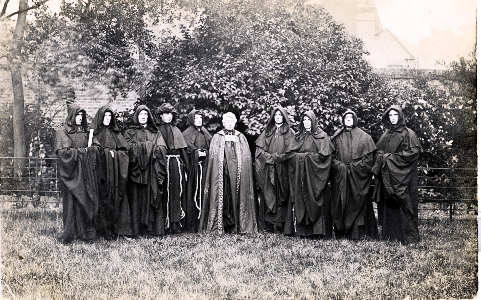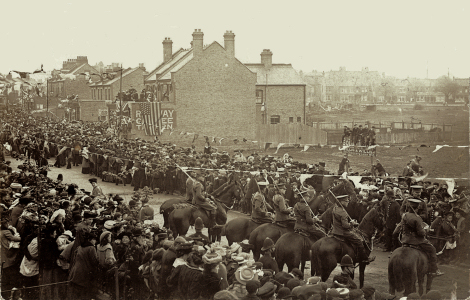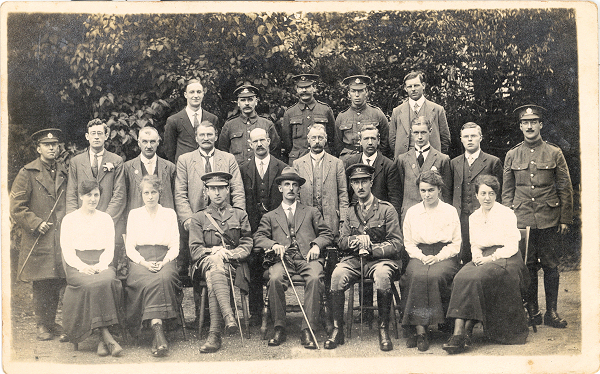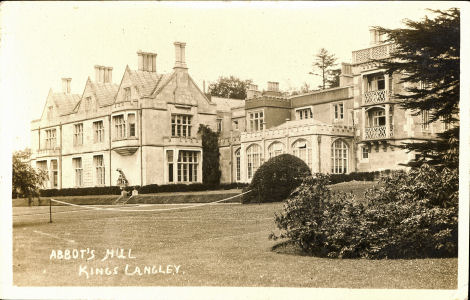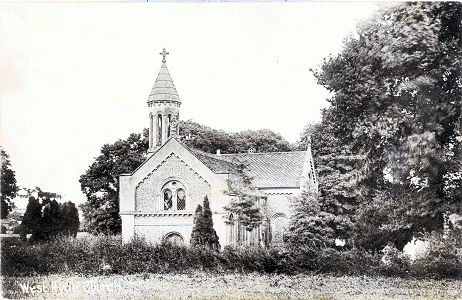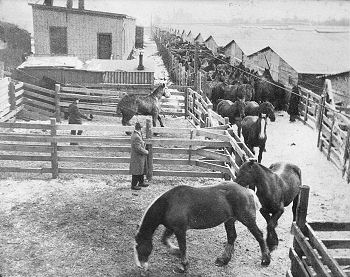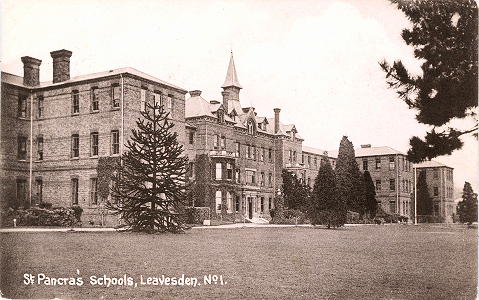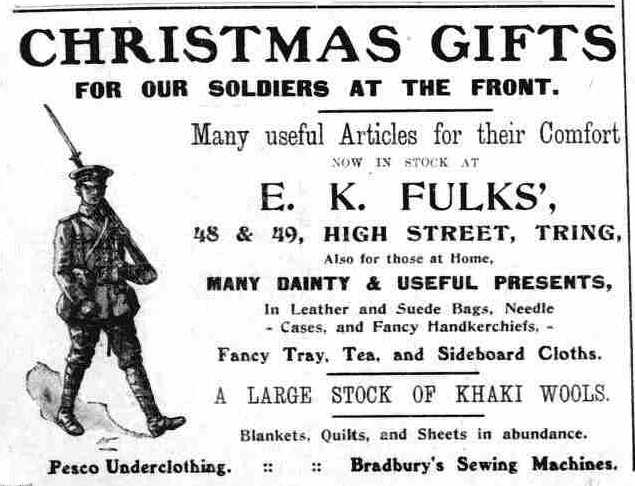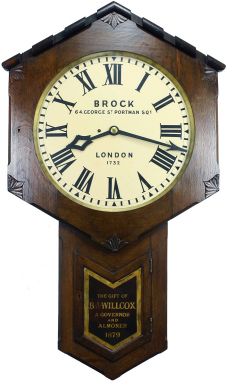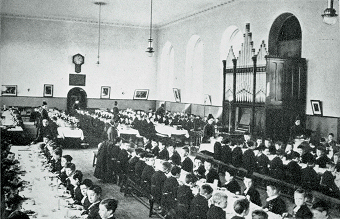
This year I am setting a "quiz" with a difference. The trick is that I don't know the answers to the questions and the prizes all go to this site's chosen charity - the
Herts Mind Network. The more people do to find the answers the more the charity benefits!
Each day between now and the New Year I will be posting one (or sometimes two) pictures showing people - and in each case the aim is to uncover as much of the story behind the card as possible. (In fact all the pictures are already on line and can be seen in advance
here)
For each face where someone can give a definite name I will personally donate £5 (£2 if you can name someone who was there - but cannot identify them). £5 will be donated for each regimental cap badge recognized. When not already known £5 will be given for locations and dates. Relevant information relating to the subject may also attract a reward, at my discretion.
While the closing date is the end of the year I will consider donations for good answers received any time in 2015.
And of course if you want to make a donation yourself - because you like the challenge, or have found this site useful over the just click on the donation box on the right. I could end up donating several hundred pounds if all the questions are answered - so it would be nice if all the readers of this message could, together, exceed this amount.








